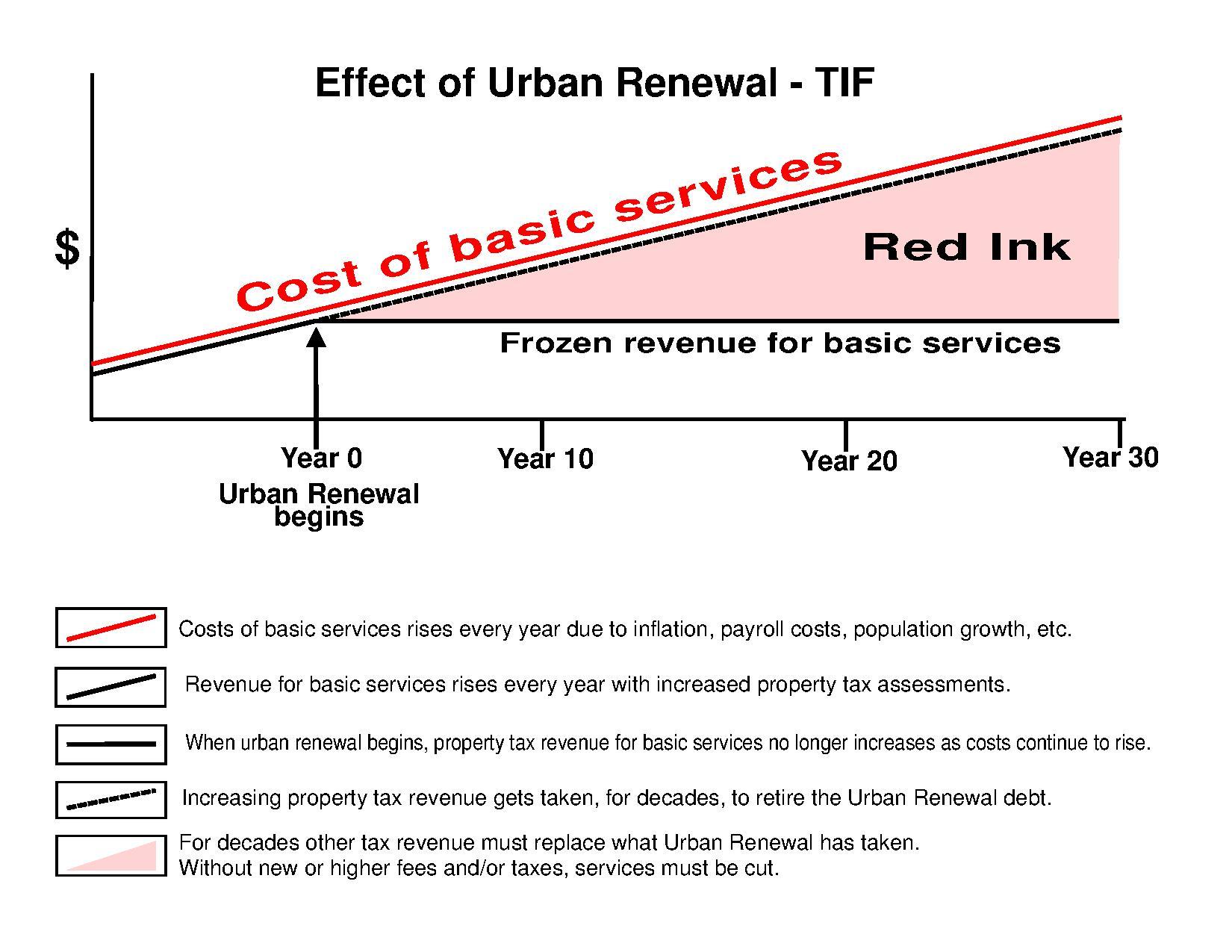
New Mexico’s Legislative Finance Committee recently issued a report that, to the casual observer, might make indicated that the state bureaucracy in the Land of Enchantment has been “cut to the bone” due to recent budget issues.
It may be true as the LFC says that the ranks of state employees have shrunk to the lowest level in almost a decade. What is definitely true is that more cuts are ahead due to the dire budget situation and the weak rebound in oil and gas prices. According to the LFC report, the number of state employees has declined 3.4 percent since this time last year and 12 percent over the last eight years.
In the comments section of an article written by Andrew Oxford in the Santa Fe New Mexican which noted that we at the Rio Grande Foundation believe New Mexico government needs to shrink further, Rep. Christine Trujillo (former teachers’ union head) stated that my organization “wants to follow Grover Norquist’s desire to shrink all government down to a size where I can drag it into the bathroom and drown it in a bathtub.”
Metaphorical drownings aside, it is indeed our view that New Mexico’s government can and should shrink significantly. Fortunately, when New Mexico’s bureaucracy is compared to those of other states, particularly our neighbors, it is clear our State has plenty of room to cut.
According to data from Governing Magazine, New Mexico has the 8th-highest ratio of state government workers relative to its population nationwide. The real size of New Mexico’s bureaucracy becomes clear when you compare our levels of state employment with the levels found in neighboring states.
According to the same report, New Mexico has 128 state employees per 10 thousand people. Texas, on the other hand has 65 and Arizona and Colorado each have 63 state workers per 10 thousand people. Utah has the highest ratio of state employees among New Mexico’s neighbors with 95 per 10 thousand people.
In other words, New Mexico’s bureaucracy may be a bit smaller than it has been, but our state employment per capita is much higher than it is in neighboring states. Policymakers should continue to shrink State government.
But this “right-sizing” can’t be achieved by just leaving existing positions unfilled. Rather, it must be done by thoroughly reevaluating all areas of New Mexico government and eliminating unnecessary institutions, agencies, commissions, and programs.
This is not meant as a criticism of those government workers. In fact, when positions are left unfilled, work loads do get heavier for those remaining. But it is high time to rethink the way New Mexico government operates.
As a starting point, past LFC reports have found that New Mexico has too many institutes of higher education and too many branch campuses. Those sites and schools could be consolidated in ways that improve student outcomes and cut costs at the same time.
Another report (this one from the Census Bureau) finds that New Mexico’s K-12 administrative spending as a percentage of per-pupil spending is severely out-of-whack with levels found in other states. New Mexico was at 15 percent while the 2nd-highest state was North Dakota at “just” 9.4 percent.
The ongoing budget crisis should be seen as an opportunity to improve efficiency in some areas and eliminate or reduce government’s role in others.
I’m not sure at what size New Mexico government would be small enough to drown in Grover Norquist’s proverbial bathtub, but I know we’re not even close. State government in New Mexico remains bigger than it is in most other states.
Worse, absent a miracle turnaround in oil and gas prices or dramatic economic policy reforms resulting in strong private sector growth, we can’t afford the government we have. If serious changes aren’t made, red ink, not a bathtub, will be the cause of New Mexico’s demise.
Paul Gessing is the President of New Mexico’s Rio Grande Foundation. The Rio Grande Foundation is an independent, non-partisan, tax-exempt research and educational organization dedicated to promoting prosperity for New Mexico based on principles of limited government, economic freedom and individual responsibility
A chart showing how New Mexico’s state bureaucracy compares to its neighbors can be seen below:





























